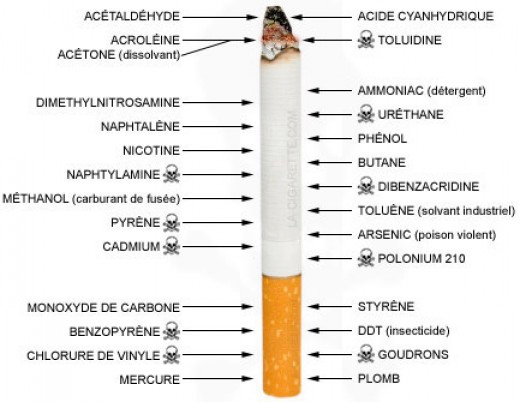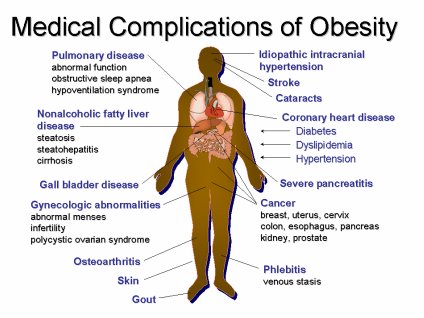Steve Jobs and Why Pancreatic Cancer is SO Deadly
Posted on
Apple’s Steve Job had a pancreatic neuroendocrine tumor. Apple Inc. announced his death Wednesday
What kind of cancer did Jobs have and why was it so deadly for such a young individual?
As the technology world mourns computing visionary and Apple, Inc. co-founder Steve Jobs, it’s worth taking a closer look at the disease he publicly battled.
Jobs had a rare form of pancreatic cancer called a neuroendocrine tumor. Patrick Swayze, Joan Crawford, Margaret Mead and Luciano Pavarotti all died from a more common form of pancreatic cancer, called adenocarcinoma. Supreme Court Justice Ruth Bader Ginsburg underwent surgery for pancreatic cancer in February 2009 and, 18 days later, returned to the bench.
“Right now, pancreatic cancer is getting publicity, but it’s a neglected disease,” said Dr. Michaela Banck, medical oncologist at the Mayo Clinic, who treats patients with neuroendocrine tumors. “It doesn’t draw the same attention as colon cancer and breast cancer. Activist groups raise small amounts of money, since it’s a rare disease. It’s a complicated disease. We don’t have enough money to make progress as fast as we’d like to.”
Pancreatic cancer is the fourth-leading cause of death from cancer in the United States, after lung, colon and breast cancer. The lifetime risk of developing it is about 1 in 71. This year, about 44,030 people will be diagnosed with pancreatic cancer, and the disease will kill about 37,660 people, according to the American Cancer Society.
About 95 percent of people with pancreatic cancer die from it, experts say. It’s so lethal because during the early stages, when the tumor would be most treatable, there are usually no symptoms. It tends to be discovered at advanced stages when abdominal pain or jaundice may result. Presently, there are no general screening tools […]
Researchers are working on better understanding the way in which pancreatic tumors grow and spread, Libutti said.
“There are a number of agents that are being looked at in clinical trials that focus on pathways that may allow pancreatic cancer to evade normal processes,” Libutti said.
One is an antibody that blocks a particular protein called PD-1 on the surface of pancreatic cancer, meaning chemotherapies would be more effective because there would be an enhanced immune response against the tumor. That work is being done by the National Cancer Institute.
Libutti’s lab is working on targeted nanoparticle therapies for metastatic neuroendocrine tumors. The idea is that tiny particles are coated with material that hones in on tumor cells and delivers drugs to kill them without harming healthy tissue, reducing the toxicity to the body in general. This research is still in animal models.
“We’re hopeful that in the not-too-distant future, we’ll be ready to move into clinical trials,” he said.
Another line of research is focused on finding biomarkers of pancreatic cancer so that a simple blood or urine test could be developed. Unlike screenings for other conditions such as colon, breast and prostate cancers, there is no routine way to see whether a patient has a tumor in the pancreas.
The future of medicine to help people with pancreatic cancer will involve genetics, said Banck. This would involve matching a person’s particular type of tumor using genomic information with treatment.
“What’s going to make real difference in the future is the revolution of the genomic era,” she said.
Read it all……
Steve Jobs will be missed.




